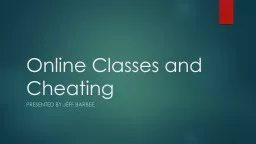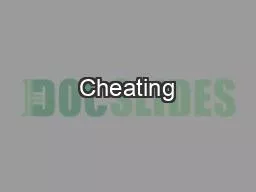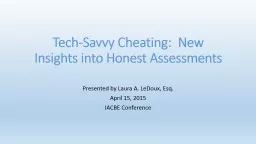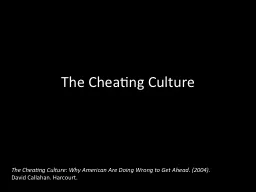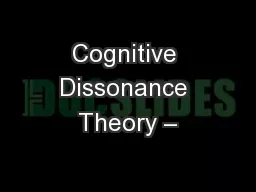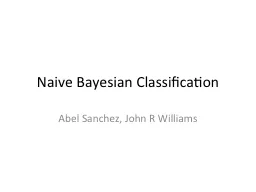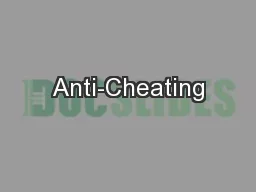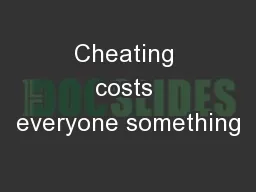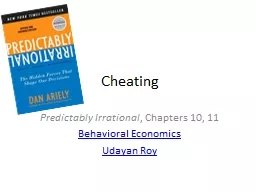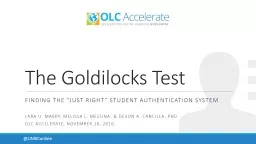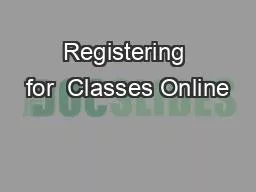PPT-Online Classes and Cheating
Author : luanne-stotts | Published Date : 2017-03-29
Presented by Jeff Barbee Common Thoughts Online courses are much easier to cheat in Cheating happens much more often in online courses They have little interaction
Presentation Embed Code
Download Presentation
Download Presentation The PPT/PDF document "Online Classes and Cheating" is the property of its rightful owner. Permission is granted to download and print the materials on this website for personal, non-commercial use only, and to display it on your personal computer provided you do not modify the materials and that you retain all copyright notices contained in the materials. By downloading content from our website, you accept the terms of this agreement.
Online Classes and Cheating: Transcript
Download Rules Of Document
"Online Classes and Cheating"The content belongs to its owner. You may download and print it for personal use, without modification, and keep all copyright notices. By downloading, you agree to these terms.
Related Documents

